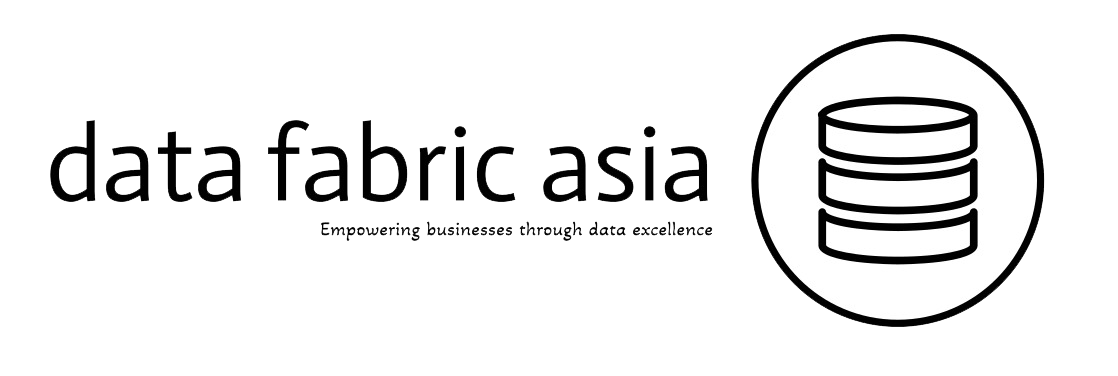Adapting to Growth: The Crucial Role of Redesigning System of Record in Business Expansion
In the dynamic landscape of today’s business world, growth is not just a goal; it’s a necessity. As businesses expand and evolve, so does the volume and complexity of data they handle. In this scenario, the existing system of record, once considered a cornerstone for efficient operations, may become a bottleneck, hindering rather than facilitating growth. This article explores the significance of reviewing and redesigning the system of record to align with the burgeoning business requirements, ensuring not only seamless operations but also laying the foundation for sustained and rapid growth.
The Growing Challenge:
With the business landscape becoming increasingly competitive and interconnected, companies are generating and managing larger datasets than ever before. This growth in data is a natural byproduct of expanding operations, customer bases, and market reach. However, the existing systems of record, which were once well-suited for managing smaller datasets, can struggle to keep pace with the escalating demands.
Inefficiencies in the existing system can manifest in various ways, including slower response times, increased errors, and a lack of scalability. As data becomes more integral to decision-making processes, the failure to adapt the system of record to evolving business requirements can impede overall efficiency and hinder the organization’s ability to seize new opportunities.
The Importance of System of Record Redesign:
1. Scalability and Flexibility:
Redesigning the system of record is crucial to ensure scalability and flexibility. A system that was adequate for a smaller operation might not efficiently handle the increased load of a growing business. A redesigned system should be able to seamlessly scale up to accommodate the expanding volume of data and be flexible enough to adapt to changing business processes and models.
2. Enhanced Performance:
As businesses grow, the demand for real-time access to accurate and relevant data intensifies. An outdated system might struggle to deliver the required performance, resulting in delays and inefficiencies. Redesigning the system of record allows for the incorporation of modern technologies and optimization strategies, leading to enhanced performance and responsiveness.
3. Data Quality and Accuracy:
With the surge in data, maintaining data quality and accuracy becomes paramount. An outdated system may lack the necessary features to enforce data governance and integrity. Redesigning the system provides an opportunity to implement robust data quality measures, ensuring that decision-makers can rely on the information at their disposal.
4. Adaptability to Technological Advancements:
The technological landscape is ever-evolving, introducing new tools and methodologies that can revolutionize data management. Redesigning the system of record allows businesses to leverage the latest technologies, such as artificial intelligence, machine learning, and advanced analytics, to derive deeper insights from their data and stay ahead of the competition.
5. Compliance and Security:
As businesses grow, so does the need for compliance with industry regulations and the protection of sensitive data. A redesigned system of record can incorporate robust security measures and compliance features, ensuring that the organization meets regulatory requirements and safeguards its data against evolving cyber threats.
6. Improved User Experience:
Employees interact with the system of record daily, and an outdated or cumbersome interface can hamper productivity. Redesigning the system provides an opportunity to enhance the user experience, making it more intuitive and user-friendly. This, in turn, boosts employee efficiency and satisfaction.
Conclusion:
In a business environment characterized by constant change and growth, the importance of redesigning the system of record cannot be overstated. It is not merely a technological upgrade but a strategic investment in the foundation of the organization’s operations. An efficiently designed system of record not only supports current business requirements but also positions the company to adapt and thrive in the face of future challenges and opportunities.
As businesses continue to evolve and expand, the ability to harness the power of data becomes a key differentiator. By recognizing the limitations of the existing system of record and proactively undertaking a redesign, organizations can ensure that their data infrastructure remains a driving force behind their success, fostering innovation, agility, and sustained growth..
Get FREE consultation to know what type of system of records best to use in different parts of your business & how to make them all integrated. Contact us at ricky.setyawan@datatechintegrator.com or +65 9238 9634. Visit our website at http://www.datatechintegrator.com

Penulis : Datatech Integrator Pte Ltd

